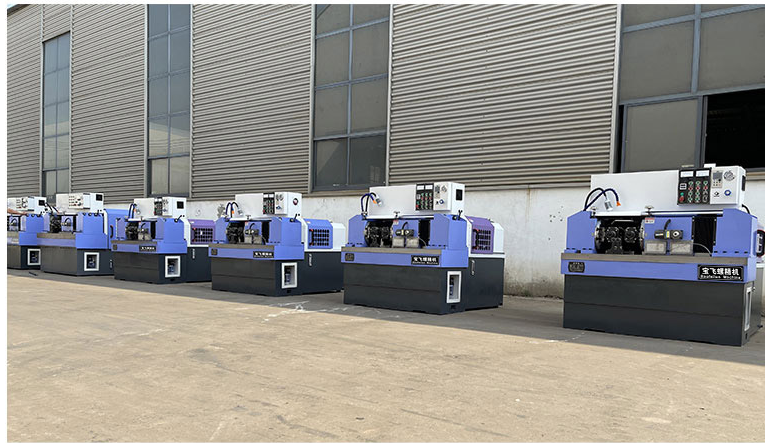
-
 Afrikaans
Afrikaans -
 Albanian
Albanian -
 Amharic
Amharic -
 Arabic
Arabic -
 Armenian
Armenian -
 Azerbaijani
Azerbaijani -
 Basque
Basque -
 Belarusian
Belarusian -
 Bengali
Bengali -
 Bosnian
Bosnian -
 Bulgarian
Bulgarian -
 Catalan
Catalan -
 Cebuano
Cebuano -
 Corsican
Corsican -
 Croatian
Croatian -
 Czech
Czech -
 Danish
Danish -
 Dutch
Dutch -
 English
English -
 Esperanto
Esperanto -
 Estonian
Estonian -
 Finnish
Finnish -
 French
French -
 Frisian
Frisian -
 Galician
Galician -
 Georgian
Georgian -
 German
German -
 Greek
Greek -
 Gujarati
Gujarati -
 Haitian Creole
Haitian Creole -
 hausa
hausa -
 hawaiian
hawaiian -
 Hebrew
Hebrew -
 Hindi
Hindi -
 Miao
Miao -
 Hungarian
Hungarian -
 Icelandic
Icelandic -
 igbo
igbo -
 Indonesian
Indonesian -
 irish
irish -
 Italian
Italian -
 Japanese
Japanese -
 Javanese
Javanese -
 Kannada
Kannada -
 kazakh
kazakh -
 Khmer
Khmer -
 Rwandese
Rwandese -
 Korean
Korean -
 Kurdish
Kurdish -
 Kyrgyz
Kyrgyz -
 Lao
Lao -
 Latin
Latin -
 Latvian
Latvian -
 Lithuanian
Lithuanian -
 Luxembourgish
Luxembourgish -
 Macedonian
Macedonian -
 Malgashi
Malgashi -
 Malay
Malay -
 Malayalam
Malayalam -
 Maltese
Maltese -
 Maori
Maori -
 Marathi
Marathi -
 Mongolian
Mongolian -
 Myanmar
Myanmar -
 Nepali
Nepali -
 Norwegian
Norwegian -
 Norwegian
Norwegian -
 Occitan
Occitan -
 Pashto
Pashto -
 Persian
Persian -
 Polish
Polish -
 Portuguese
Portuguese -
 Punjabi
Punjabi -
 Romanian
Romanian -
 Russian
Russian -
 Samoan
Samoan -
 Scottish Gaelic
Scottish Gaelic -
 Serbian
Serbian -
 Sesotho
Sesotho -
 Shona
Shona -
 Sindhi
Sindhi -
 Sinhala
Sinhala -
 Slovak
Slovak -
 Slovenian
Slovenian -
 Somali
Somali -
 Spanish
Spanish -
 Sundanese
Sundanese -
 Swahili
Swahili -
 Swedish
Swedish -
 Tagalog
Tagalog -
 Tajik
Tajik -
 Tamil
Tamil -
 Tatar
Tatar -
 Telugu
Telugu -
 Thai
Thai -
 Turkish
Turkish -
 Turkmen
Turkmen -
 Ukrainian
Ukrainian -
 Urdu
Urdu -
 Uighur
Uighur -
 Uzbek
Uzbek -
 Vietnamese
Vietnamese -
 Welsh
Welsh -
 Bantu
Bantu -
 Yiddish
Yiddish -
 Yoruba
Yoruba -
 Zulu
Zulu
Exploring Various Discount Types for Thread Rolling Processes in Manufacturing Industries
Understanding Discount Types in Thread Rolling
Thread rolling is a specialized manufacturing process used to create threads on metal parts, enabling efficient fastening and assembly in various applications. While the technical aspects of thread rolling are crucial, understanding the financial implications, specifically discount types, is equally important for businesses looking to optimize their production costs and increase profitability. In this article, we will delve into the different types of discounts associated with thread rolling and how they impact both manufacturers and customers.
1. Volume Discounts
One of the most common discount types in thread rolling is the volume discount. Manufacturers often provide price reductions based on the quantity of parts ordered. This strategy incentivizes customers to place larger orders, ensuring consistent production runs and reduced costs per unit. For example, a company might offer a 10% discount on orders exceeding 1,000 units. This approach not only helps customers save money but also allows manufacturers to plan their production more effectively, reducing waste and downtime.
2. Early Payment Discounts
Another prevalent discount type is the early payment discount. Manufacturers may offer financial incentives to customers who pay their invoices promptly, typically within a specific timeframe. For instance, a 2/10, net 30 plan allows a customer to receive a 2% discount if they pay within ten days, while the net amount is due in 30 days. This type of discount improves the manufacturer’s cash flow and reduces the risk of late payments, fostering a healthier business relationship with clients.
discount types of thread rolling

Loyalty discounts reward repeat customers who consistently purchase from the same manufacturer. This could be structured as a tiered discount system, where clients receive incremental reductions based on their purchase history over time. For example, after a customer reaches a certain threshold of spending within a year, they might qualify for a 5% discount on all future orders. This type of discount not only encourages repeat business but also enhances customer loyalty, ensuring a stable revenue stream for manufacturers.
4. Seasonal Discounts
Seasonal discounts are strategically timed reductions offered during particular times of the year when demand may be lower. For example, thread rolling manufacturers might offer discounts during the summer months when production slows due to holidays. These discounts can help balance out production schedules and maintain a steady workflow throughout the year. Customers looking for cost-effective solutions might take advantage of these offers, resulting in mutually beneficial arrangements.
5. Promotional Discounts
Promotional discounts are temporary reductions offered to attract new customers or launch new products. Manufacturers may introduce a special rate for a limited time, encouraging trial purchases. For instance, a manufacturer could offer a 15% discount on a new thread rolling service for the first three months. This not only boosts initial sales but can also lead to long-term relationships if customers are satisfied with the quality and service.
Conclusion
Understanding the various discount types associated with thread rolling is essential for both manufacturers and customers. By leveraging these discounts effectively, manufacturers can optimize their production processes, foster customer loyalty, and improve cash flow. For customers, these discounts represent opportunities to reduce costs and enhance their purchasing power. As the market for thread rolling continues to evolve, being aware of these financial incentives will be crucial for success in the competitive landscape. Ultimately, the goal is to create a win-win situation where both parties benefit from the transaction, leading to sustainable growth and innovation in the industry.
